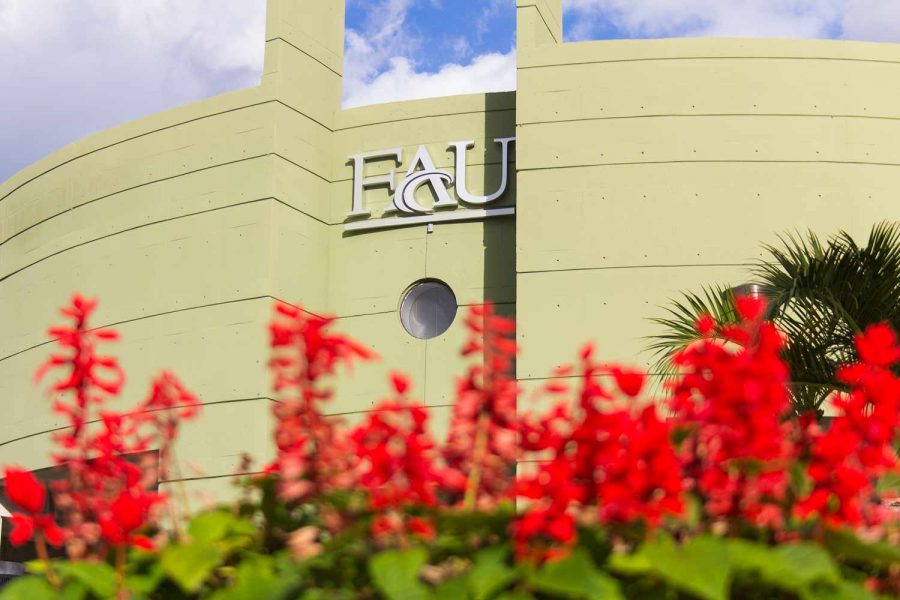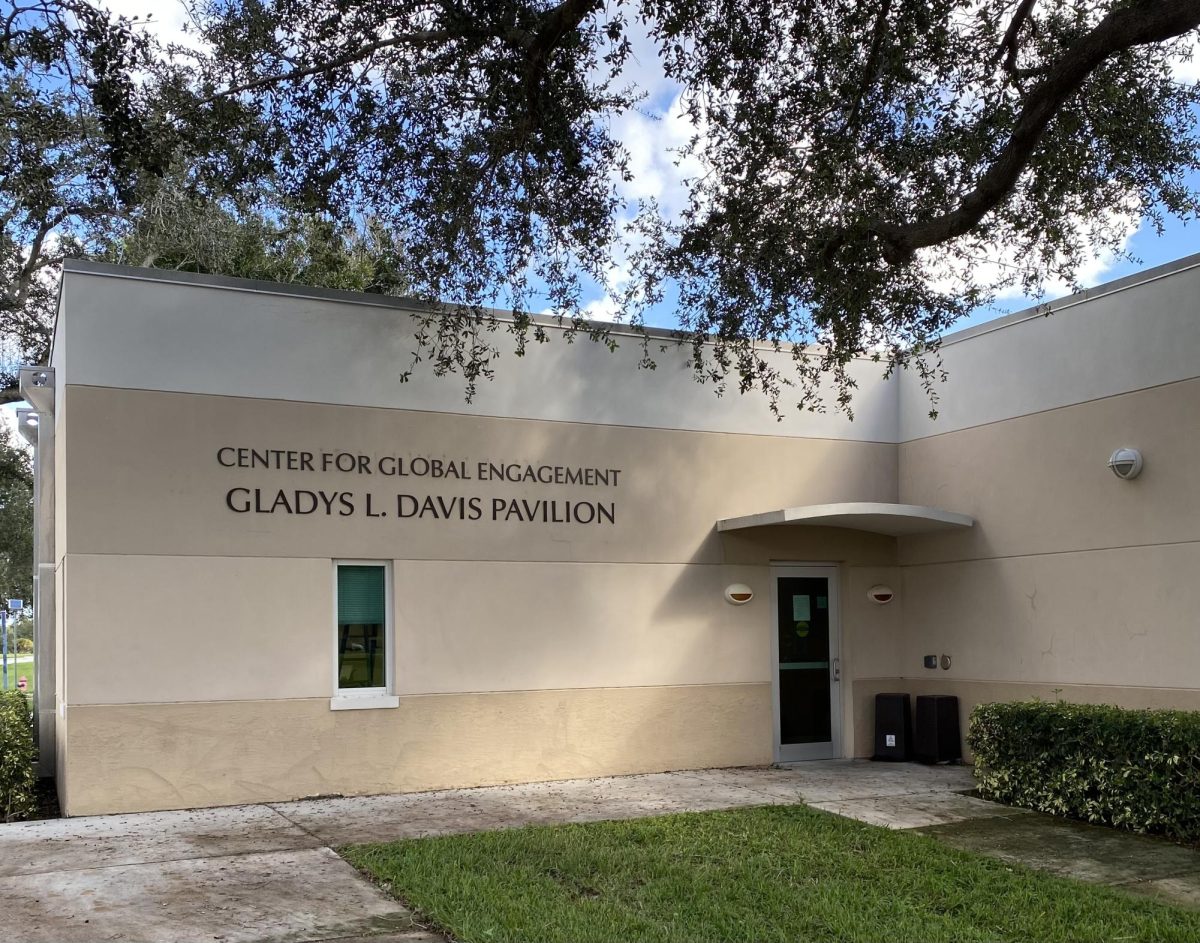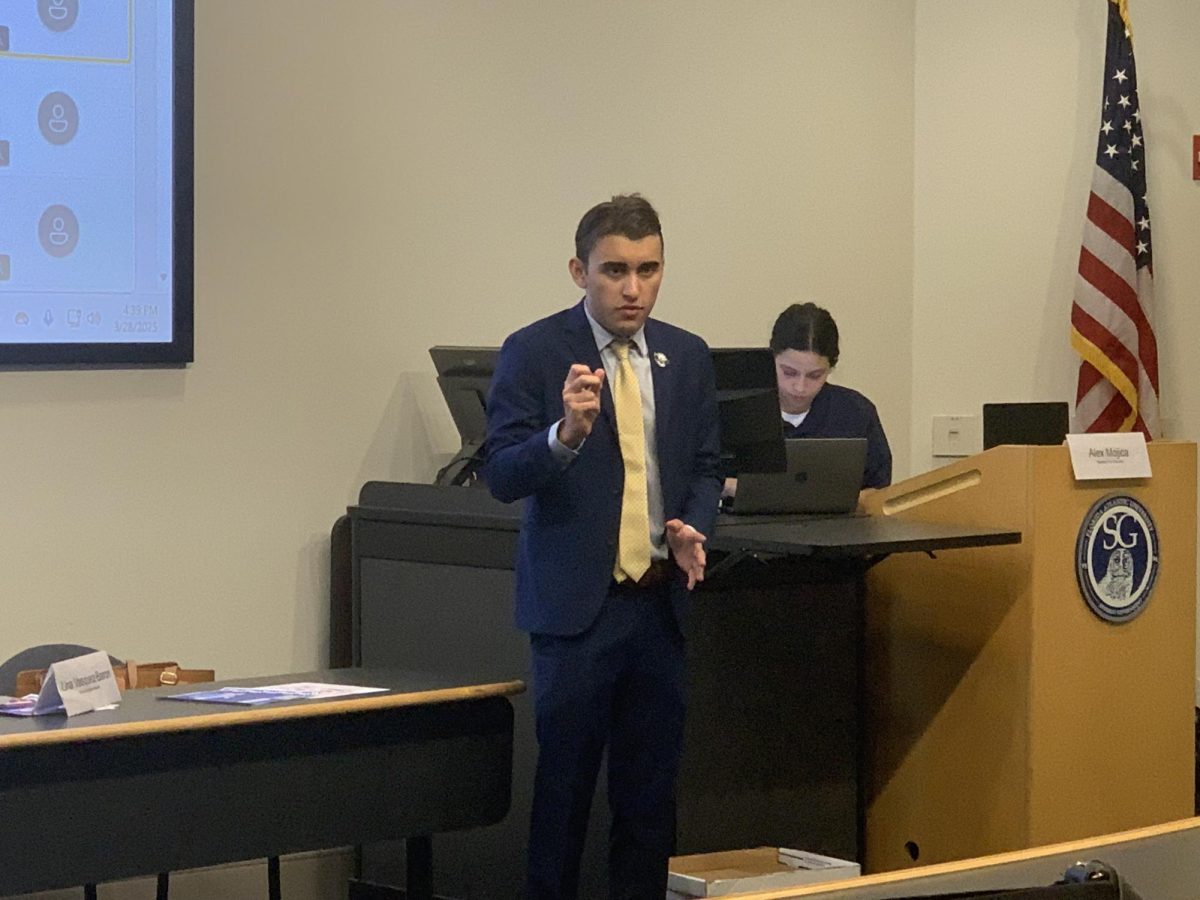As the 2024 Atlantic hurricane season set sail, starting June 1 and ending on Nov. 30, the National Oceanic and Atmospheric Administration (NOAA) forecast predicted an 85% chance of above-normal activity. NOAA named a range of 17 to 25 storms for this season, powered by the La Niña weather patterns and above-average ocean temperatures.
On May 30, Florida Atlantic University (FAU) announced its emergency plans to ensure the safety of its students, faculty and staff in case a tropical storm or hurricane approaches any of its campuses. One of FAU’s experts for this hurricane season, Jeffrey Huber cautioned the community to remain prepared and informed about potential storms, saying that FAU’s location is highly susceptible to hurricane landfalls. He stated that while forecasts are adept at indicating general trends, they can rapidly change due to atmospheric complexity and shifting weather patterns.
“It’s crucial for the community to stay informed, prepare emergency plans and heed any advisories from the National Hurricane Center to ensure safety and minimize potential damage,” Huber said. “Additionally, maintaining a robust emergency preparedness plan, including access to clean water, non-perishable food and medical supplies, can significantly aid in the recovery process.”
An FAU expert, Anthony Abbate, urged preparing for the hurricane season ahead of time with gallons of purified water bottles, flashlights with batteries, backup chargers for phones and computers, non-perishable foods and even a portable battery-operated radio.
“Long-time residents will advise that you fill a bathtub — This will provide a source of water to use for flushing toilets and personal hygiene should the water pressure fall and you lose water service in your area,” Abbate said.
Fred Bloetscher, another FAU expert, emphasized that during a storm if there are electrical and water outages, it’s crucial to allow the experts at Florida Power & Light and local water providers to handle the situation. They have the necessary resources and utilities in place for these emergencies.
“The beach and rural areas are the ones most likely to have longer recoveries — FAU could be impacted by a local storm, but we are not on the beach,” Bloetscher said. “We are near critical services [like] water and wastewater plants, and have a power system next to campus.”
Bloetscher warned that heavy rainfall and high tides could overwhelm the local stormwater infrastructure, leading to flooding. In such situations, he advised individuals to remain indoors and remain careful of potential debris. He also suggested allowing local government officials to properly handle the clean-up of any hazardous conditions in a hurricane’s aftermath.
Blosetscher recommended that the community track local weather stations for hurricane coverage and strictly adhere to the evacuation orders issued by local officials. Abbate agreed with this and stated they should take shelter at a designated hurricane shelter if necessary for their safety, as shelters are designed to provide refuge from rain, flooding and high-velocity winds.
Huber emphasized the significance of architectural designs built to withstand storms and meet stringent building codes. This realization came after his personal experience of living through the devastation of Hurricane Andrew in 1992, which unfortunately destroyed his childhood home.
“Modern buildings, including many at our university, often lack passive environmental solutions such as operable windows, making them reliant on power for ventilation and cooling,” Huber said. “After a hurricane, without power, these buildings can become extremely hot, leading to heat stroke risks and may quickly develop mold and mildew, compromising air quality.’
Huber stressed finding shelter in structures designed with passive cooling and ventilation, as this design element is vital to ensure safety during a hurricane and its aftermath.
Michael Cook is the News Editor for the University Press. For information regarding this or other stories, email michael17cook@gmail.com.









